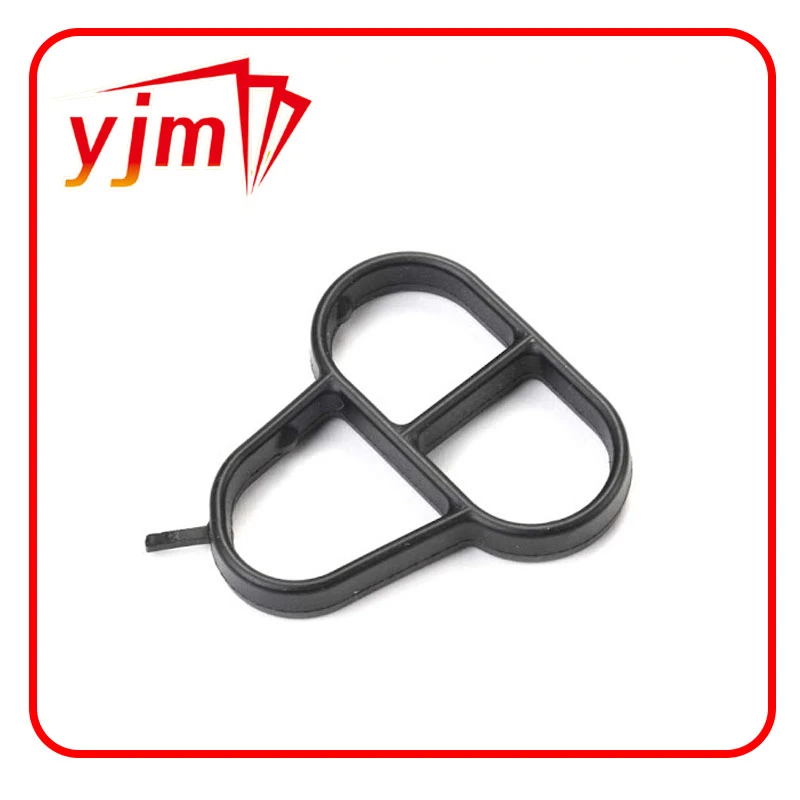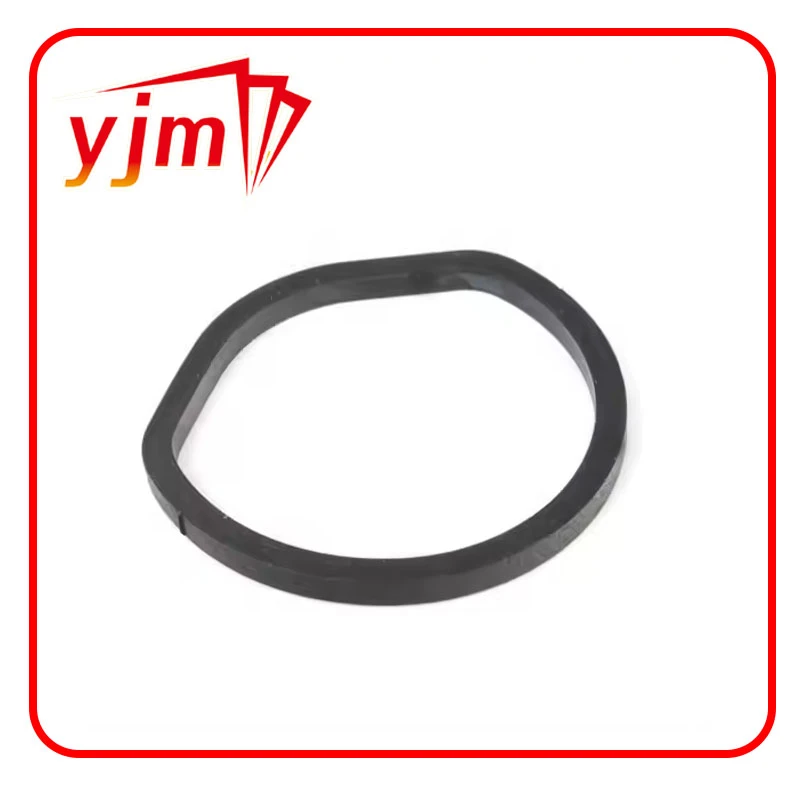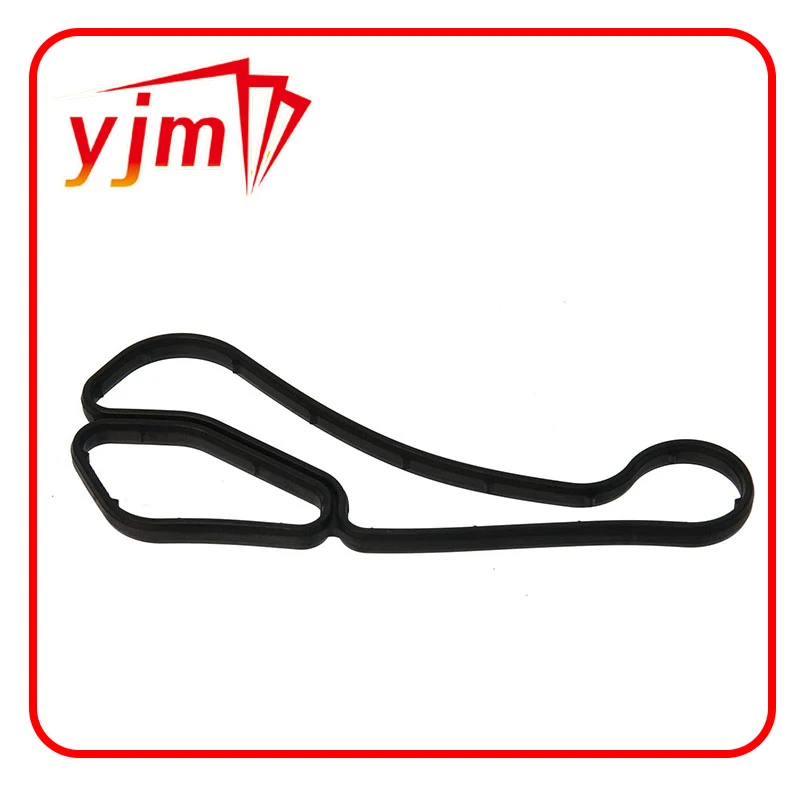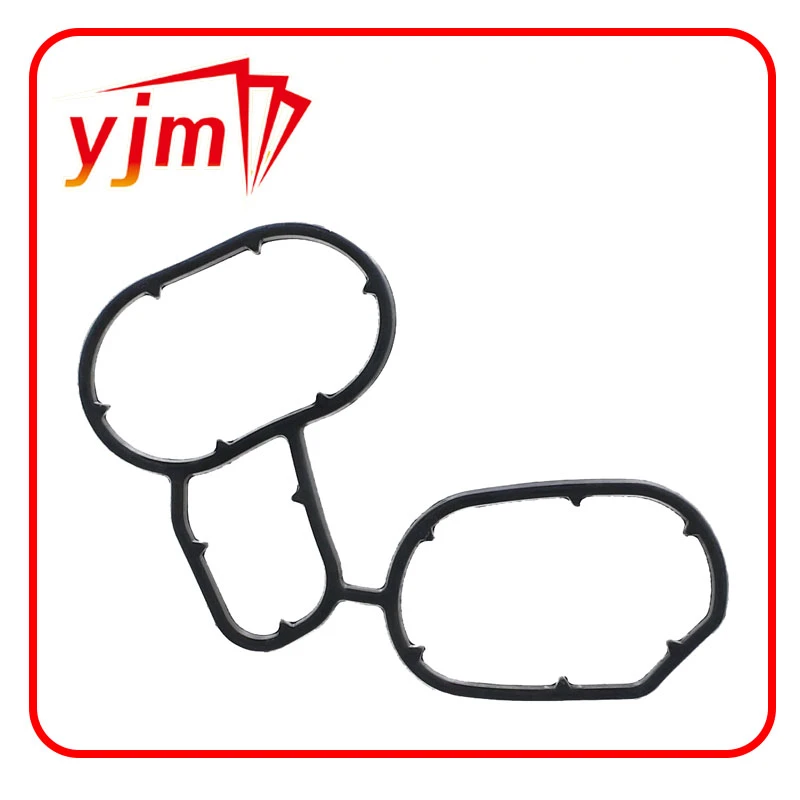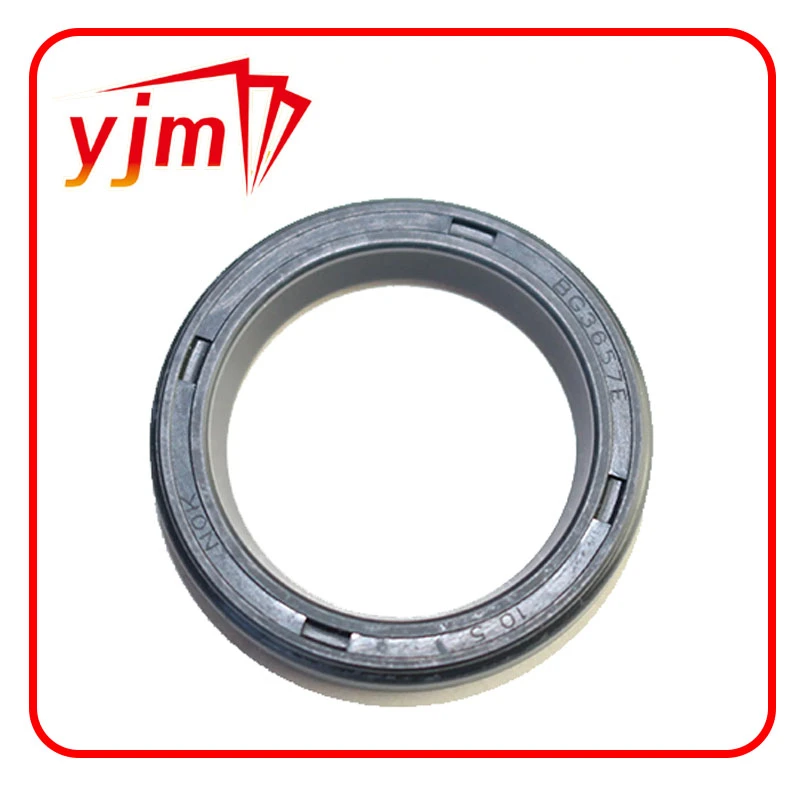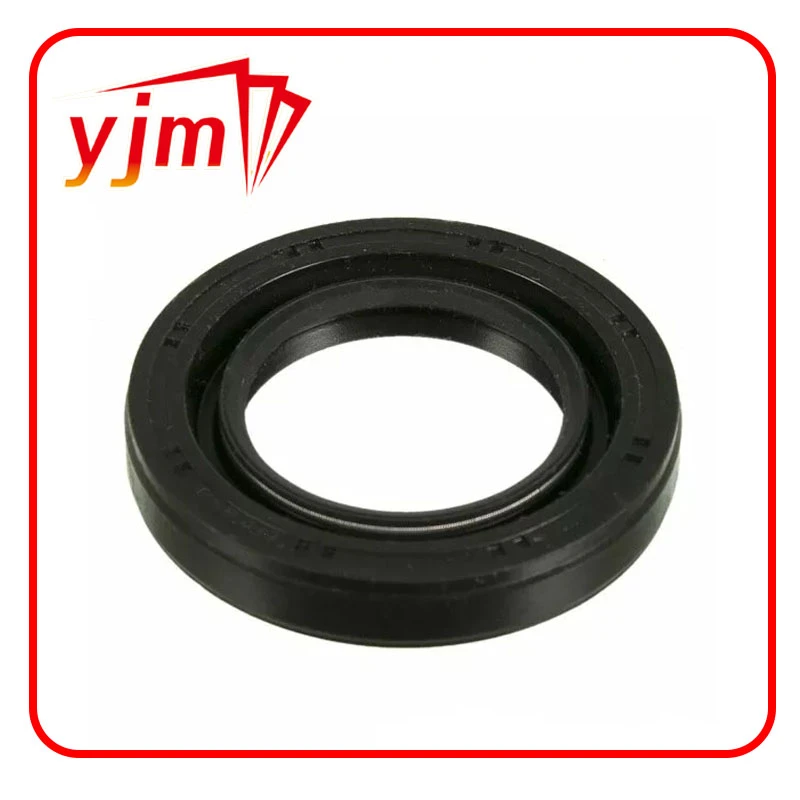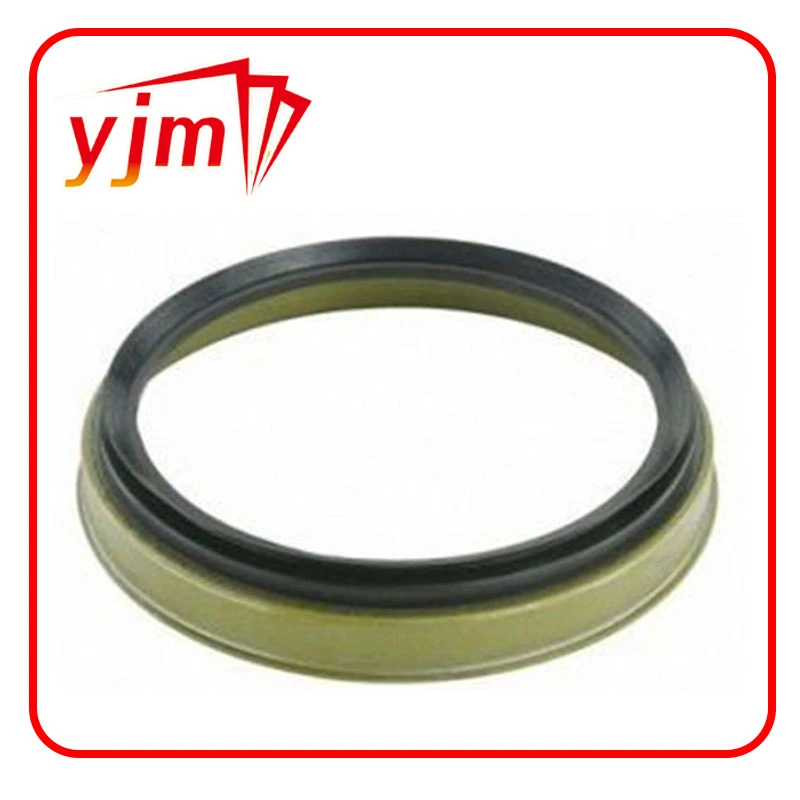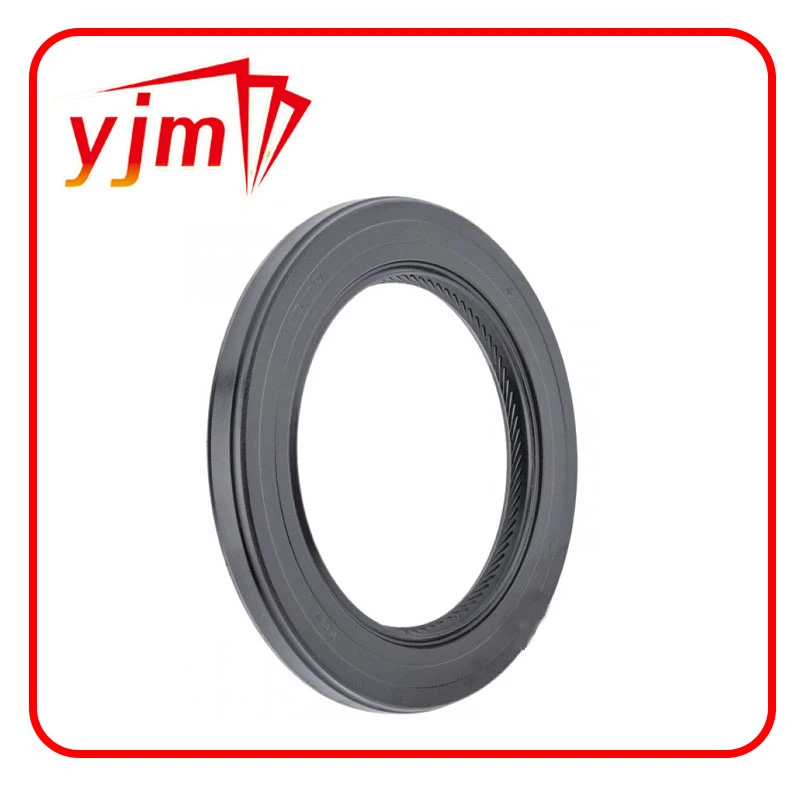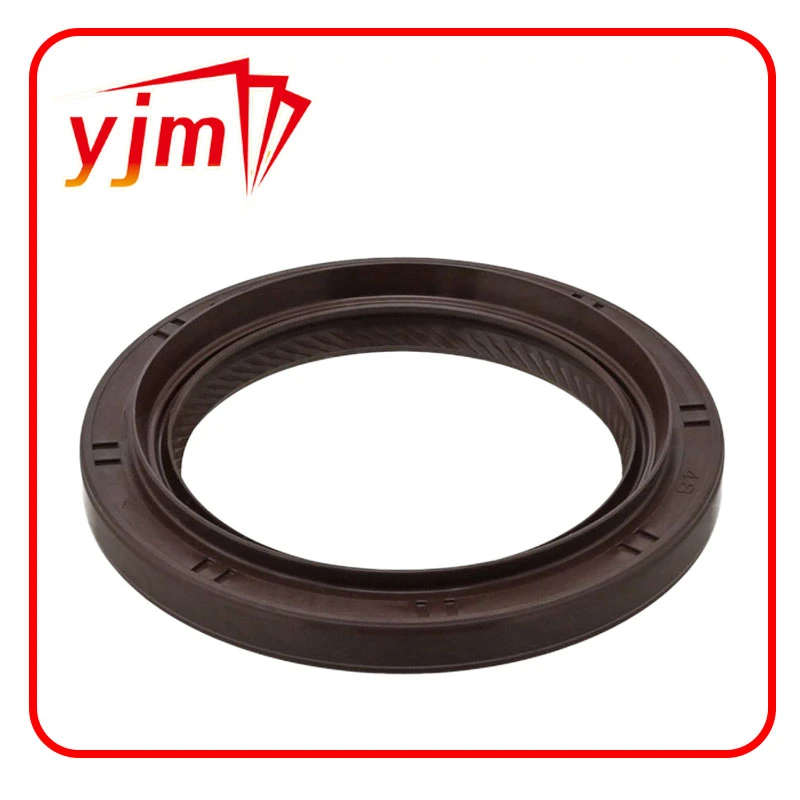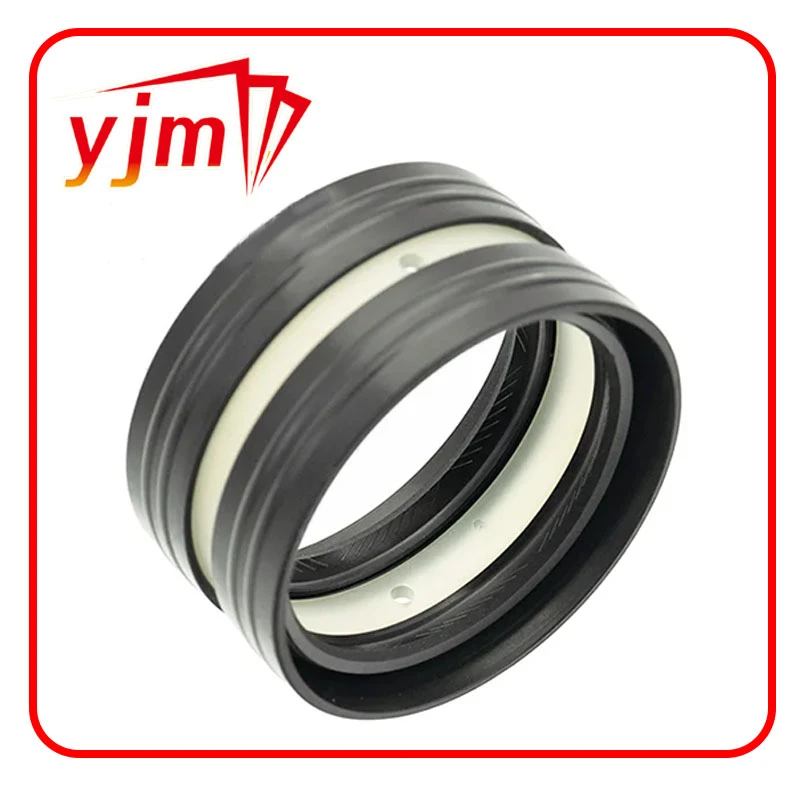Crankshaft Seals and Gaskets: Essential Components for Engine Integrity
The crankshaft is the heart of an internal combustion engine, converting linear piston movement into rotational force. But to function properly, it must be sealed tightly at key points to prevent oil leaks and maintain internal pressure. That’s where the crankshaft front oil seal, crankshaft gasket, and crankshaft main bearing seal come into play. This article explores these components, their functions, and signs of failure—helping you catch problems before they turn serious.
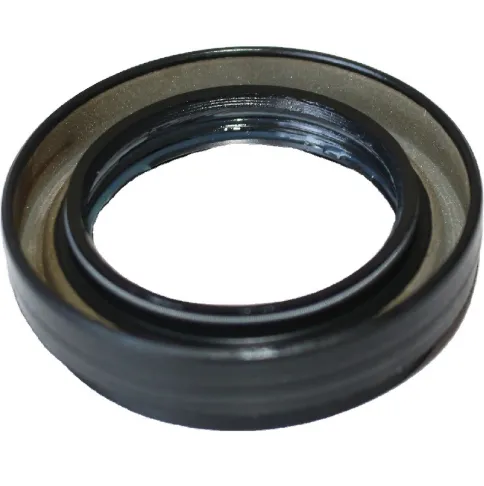
What Is a Crankshaft Front Oil Seal and Why Does It Matter?
The crankshaft front oil seal is located at the front of the engine, behind the crankshaft pulley or harmonic balancer. This seal is essential in preventing engine oil from escaping around the rotating crankshaft as it exits the front of the engine block.
Why It’s Important:
It maintains oil pressure inside the engine.
Prevents oil leaks that can damage timing belts or accessory belts.
Keeps contaminants out of the engine crankcase.
Over time, the crankshaft front oil seal can become brittle, cracked, or worn due to constant exposure to heat, friction, and engine vibrations. When it fails, you'll likely notice oil leaks near the front of the engine, often around the crank pulley. A leaking seal can also cause belts to slip or degrade, leading to secondary engine problems.
Replacement often requires removing the crank pulley and timing cover—making it a moderately complex repair best done during timing belt or timing chain service.
Understanding the Crankshaft Main Seal and Main Bearing Seal
The crankshaft main oil seal, also known as the crankshaft main seal, refers to either the front or rear seal that encases the crankshaft as it exits the engine block. More commonly, this term refers to the rear main seal, located where the crankshaft connects to the flywheel or flexplate.
Closely related is the crankshaft main bearing seal, which helps seal the area around the main bearings that support the crankshaft inside the engine. These seals are crucial to preventing oil leakage from the crankcase while maintaining bearing lubrication.
Signs of Failure:
Persistent oil drips under the rear of the engine or bellhousing
Visible oil accumulation near the flywheel or starter motor
Oil contamination in the clutch (manual transmission) or torque converter housing
Since replacing a crankshaft main seal or main bearing seal often involves removing the transmission, it’s a labor-intensive repair. For that reason, many vehicle owners choose to replace these seals during clutch replacement or transmission servicing to save on labor costs.
Crankshaft Gasket and Gasket Seals: What's the Difference?
While crankshaft seals are rubber or synthetic rings that prevent oil from escaping around rotating parts, crankshaft gaskets (and the crankshaft gasket seal) are flat, compression-based components used between stationary engine surfaces—such as between the engine block and bearing cap.
Crankshaft Gasket Functions:
Prevent oil leaks at the crankcase or bearing cap
Provide a pressure-tight seal around non-rotating parts
Often used in conjunction with crank seals for complete coverage
In some engines, the rear crankshaft gasket seal is part of a multi-piece assembly that includes both a gasket and a rubber seal. When these gaskets fail, they can mimic the symptoms of a failing main seal, making accurate diagnosis essential.
Replacing a crankshaft gasket typically involves removing the oil pan or lower engine components. While it’s less invasive than rear seal replacement, it still requires mechanical expertise and the correct torque procedures during reassembly.
Preventing Crankshaft Seal and Gasket Failure
To ensure your crankshaft main seal, crankshaft front oil seal, and crankshaft gasket seal last as long as possible, consider these maintenance tips:
Use high-quality engine oil and change it regularly to prevent seal degradation.
Inspect PCV (Positive Crankcase Ventilation) systems—excess pressure in the crankcase can cause seal blowouts.
Check for misalignment: A damaged crankshaft pulley or misaligned engine mounts can cause premature seal wear.
Replace seals during major engine repairs: Timing service, transmission removal, or bottom-end rebuilds are ideal times to replace aging seals and gaskets.
Also, don’t ignore signs of oil leaks. A small leak from the crankshaft main oil seal can eventually lead to low oil pressure, reduced lubrication, and serious engine damage.
Sealing your engine’s crankshaft is critical for maintaining performance, preventing oil loss, and protecting internal components. Whether it’s the crankshaft front oil seal, crankshaft main bearing seal, or crankshaft gasket, each plays a vital role in your engine’s health.
These components may seem small, but they can have big consequences if they fail. If you notice signs of oil leakage, address them promptly—especially if they’re near the crankshaft or lower engine block. Proper diagnosis, timely replacement, and routine maintenance can go a long way in extending engine life.
-
Seal 12x20x5: Precision Radial Shaft Seals for Industrial Reliability
Wararka Nov.24,2025
-
Seal 12x18x5: Essential Guide to Specifications, Applications & Vendors
Wararka Nov.24,2025
-
Understanding Seal 12 20 5: Applications, Specifications & Industry Insights
Wararka Nov.23,2025
-
Durable Oil Seal 85x110x12 – Reliable Sealing Solutions for Industry
Wararka Nov.23,2025
-
Durable and Precise Oil Seal 75x95x10 for Efficient Machinery | YJM Seal
Wararka Nov.22,2025
-
Durable Oil Seal 75x100x10 for Reliable Industrial Performance | YJM Seal
Wararka Nov.22,2025
-
High-Quality Oil Seal 65x90x10 | Durable & Reliable Sealing Solutions
Wararka Nov.22,2025
Qaybaha alaabta

